
We photographers roam the streets, national parks, shopping malls with our weapon of choice; our trusted camera, searching for images which will get us the much awaited break. With only two assets to our name~our camera and our eyes~we want to get what Freud said every artist wants: fame, money and beautiful lovers.
Annie Leibovitz: At her Best
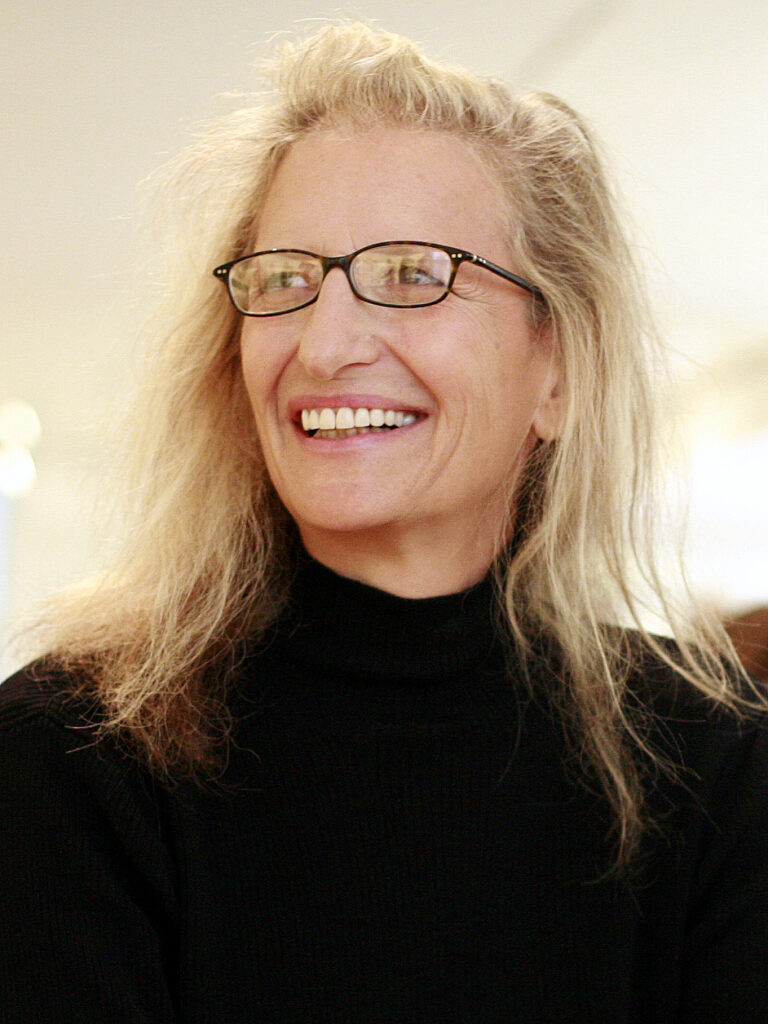
However, for Annie Leibovitz success was round the corner as a student at the San Francisco Art Institute. She had no contact in the world of art and photography. Even so, one day she turned up at Rolling Stone in San Francisco and managed to get the magazine’s art director to look at her portfolio. That~as in every art student’s dreams, was all it took. Rolling Stone editor took her to New York to take pictures for an interview he was doing with John Lennon. Within a month she had a portrait of Lennon on the cover of Rolling Stone.

Over the next ten years she worked steadily at Rolling Stone and achieved an eminence in the magazine field comparable to that of Richard Avedon, when he worked at Harper’s Bazaar.
She was soon the chief photographer for Rolling Stone. A success she found instantly.
Annie’s approach combined the journalistic and the formal manner of two of the great photographers of that period, Diane Arbus and Bob Adelman.Throughout, her work has retained its sharp journalistic sense, and this, for my taste, has given it an appeal quite beyond its formal power.
Annie’s photograph in 1980 of John Lennon, stark naked, crawling up the fully clothed torso of his wife was published to gasps of astonishment and shock. The picture ran on the cover of Rolling Stone a few weeks after Lennon was shot to death in NewYork. Annie had been the last photographer he had agreed to see.
Lennon wanted to be photographed that way. He wanted to demonstrate his abject devotion to his wife, Yoko Ono, who in the photograph appears sublimely unmoved, even gloriously bored, by it all.
Annie and Celebrities
Why are so many celebrities willing, even desperate, to take their shirts off for the photographer? They were ready to pose in manners which could only accounted for by Leibovitz influence. She prefers to move in with her subjects days before she starts taking pictures.
One of Annie Leibovitz ‘s most successful portraits is of the Rolling Stones after a concert in Los Angeles in 1975. In that picture you have it all…
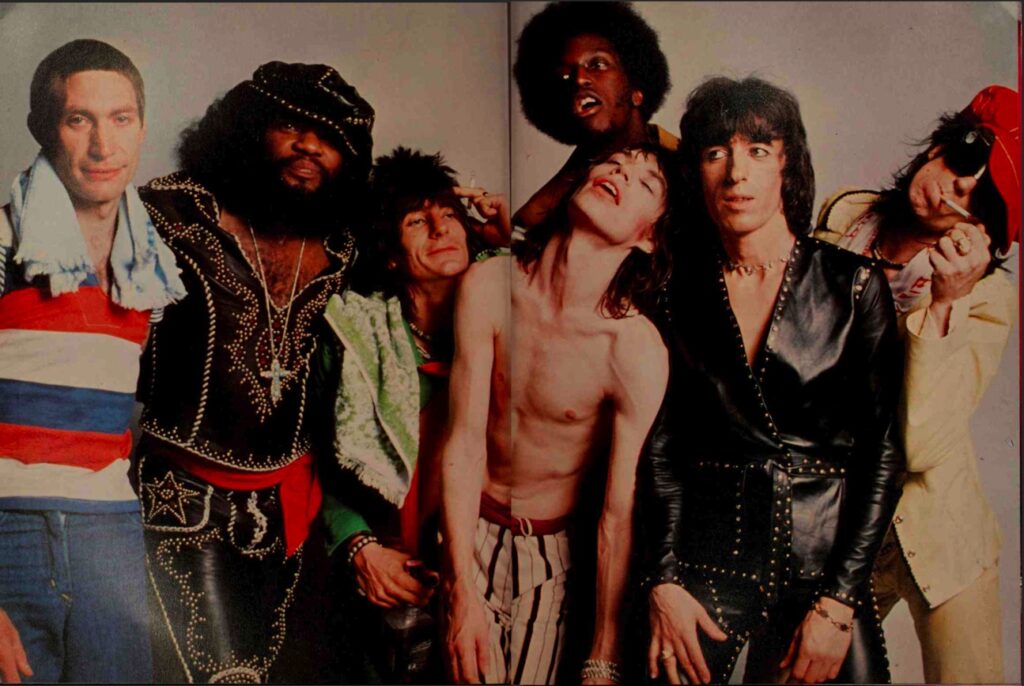
Dylan, Mick Jagger, Bruce Springsteen, Bette Midler, Woody Allen, they ‘re all here. But what makes the photograph so appealing is the antic eye of their photographer.
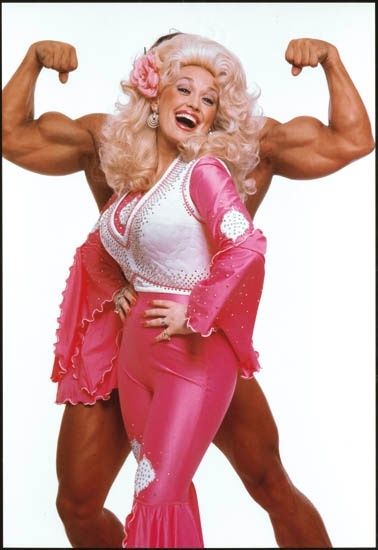



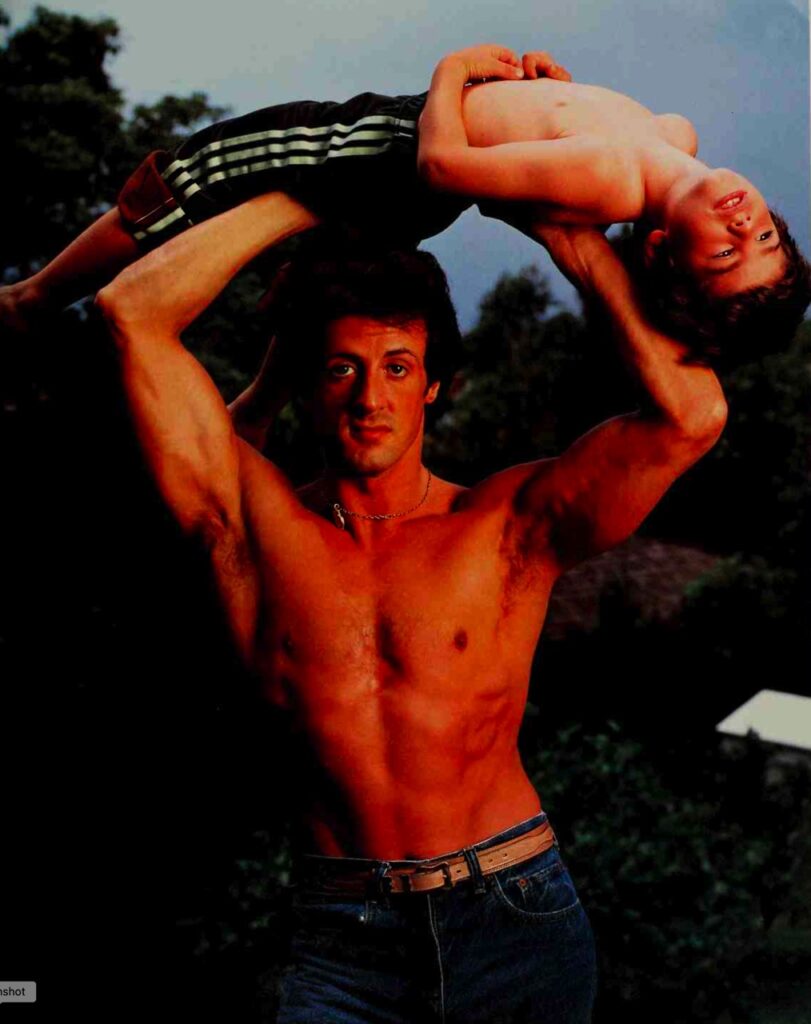
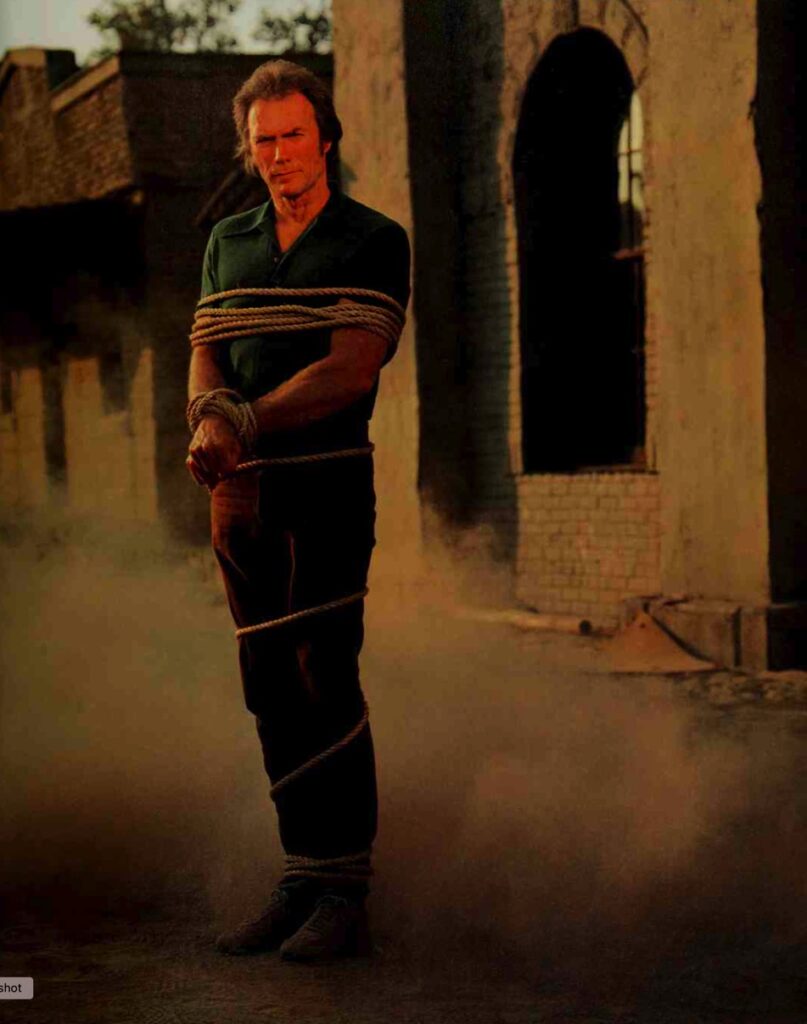
The Art
We are tempted to see journalism as an unfriendly art, a sneaky, hit-and-run business, out to mock the weaknesses and corruptions of being human. However, someone like Annie Leibovitz comes along and reminds us that journalism at its best is remarkably like friendship at its best, a mutual encounter of open hearts and minds unsullied by prejudice or sentimentality.
If you look at her pictures of celebrities, it’s more like Annie shooting her friends !
There is something about Annie Leibovitz that inspires people to reveal themselves….The Leibovitz touch is witty, humane, affectionately mocking. Here is arresting proof of the way Annie Leibovitz has revitalized the portrait. …”
—The New York Times Book Review
“Annie Leibovitz reminds us that journalism at its best is remarkably like friendship at its best, a mutual encounter of open hearts and minds unsullied by prejudice or sentimentality. .
David Felton
On Photographing Cartier-Bresson
In the book “Annie Leibovitz ~Photographs by Annie Leibovitz ” by David Felton; the author asked Annie: how do you get these people to do these things? You’re famous for it! I mean, you got Cartier-Bresson himself to pose for you, and he never allows anyone to shoot him.
Well, that’s an old story. I was living in Europe—this was after the Rolling Stones tour, 1975, ’76—and Jann called me and asked me to do a photo supplement for Rolling Stone, a study of six or seven famous photographers. I figured it was an opportunity to meet anyone who was still alive, whose work I admired, and get paid for it.
Cartier-Bresson was not answering any phones, so I decided to go to Paris and seek him out through his agency,Magnum. I arrived at Magnum, and it was just my luck—Cartier-Bresson walked in. I introduced myself, and he said, well, he didn’t pose for pictures, but if I wanted to walk with him to where he was going next, I could. I guess I was this young photographer from the United States and he was trying to be very fatherly. I was very scared because I had to interview him as well as shoot him, so I turned on my tape recorder and started asking him questions as we walked.
We walked across the Pont Neuf Bridge, where he took the famous picture of Pont Neuf Park. I knew his pictures by heart ; it was this great opportunity to walk with this great photographer. But I guess I was asking him too many questions, because after a while he says, “Is that tape recorder on?” And I said, “Well, uh..I was really flustered—”yes, it is. I am not a writer and I really need to hear you. ” He got very, very mad, then he said, ” Okay, come on. ” He took me to his home, and I had a wonderful lunch with him and his wife. And he refused to pose for any pictures at all. I asked if I could see him again, and he said, well, he might or might not be going to Magnum tomorrow, in the morning sometime —”Why don’t you just stop by Magnum?”
All the way back to my hotel I kept thinking, this is really strange. Here’s a guy who’s supposed to be a street photographer, why won’t he let his picture be taken? So I got up at six in the morning and went over to Pont Neuf Bridge. I was hoping he was going to walk across that bridge, and I thought, well, if he could take pictures on the streets, so could I.
Finally I saw him coming across the bridge, I was nervous as all hell, and as he came by, I stood up and started to shoot him. At first he looked behind him, because he thought I was taking a picture of something behind him. Then he suddenly realized, and he got very mad. He said, “You, you… and I even took you home yesterday I can’t believe..” I didn’t know what he was going to do~he was really furious. Then he calmed himself down, and he said, “Well, if you’re going to take my picture, take a good one. ” And he posed for a picture.
He let me walk with him to Magnum, and on the way he explained to me that he didn’t like to have his picture taken because he wanted to be able to roam the streets freely and shoot freely without someone knowing who he was. If he had his picture published, he would be recognized, and people would freeze up. It made sense to me—at least he explained himself—so I ended up running a picture of him pulling a hat over his face.
Excerpt from the interview by David Felton
Quoting Annie Leibovitz
“A thing that you see in my pictures is that I was not afraid to fall in love with these people.”
“The camera makes you forget you’re there. It’s not like you are hiding but you forget, you are just looking so much.”
“I’m more interested in being good than being famous.”
“I fight to take good pictures every single time.”
In a portrait, you have room to have a point of view and to be conceptual with a picture. The image may not be literally what’s going on, but it’s representative.
I am impressed with what happens when someone stays in the same place and you took the same picture over and over and it would be different, every single frame.
I didn’t want to let women down. One of the stereotypes I see breaking is the idea of aging and older women not being beautiful.
 Annie Leibovitz: Photographs
Annie Leibovitz: Photographs
 A Photographer’s Life: 1990-2005
A Photographer’s Life: 1990-2005
Disclaimer: All recommendations are impartial and based on user experience, with no bias to the products or the brand. The products in this post may contain affiliate links.
[…] Tips from the Master Photographer: Annie Leibovitz […]
[…] in Wonderland Lewis Carroll and his ‘Alice’ Books: Curiouser and Curiouser! Tips from the Master Photographer: Annie Leibovitz Rudyard Kipling: The Father of Modern Travel Writing 5 of the best Walt Whitman Poems from […]
[…] in Wonderland Lewis Carroll and his ‘Alice’ Books: Curiouser and Curiouser! Tips from the Master Photographer: Annie Leibovitz Rudyard Kipling: The Father of Modern Travel Writing 5 of the best Walt Whitman Poems from […]